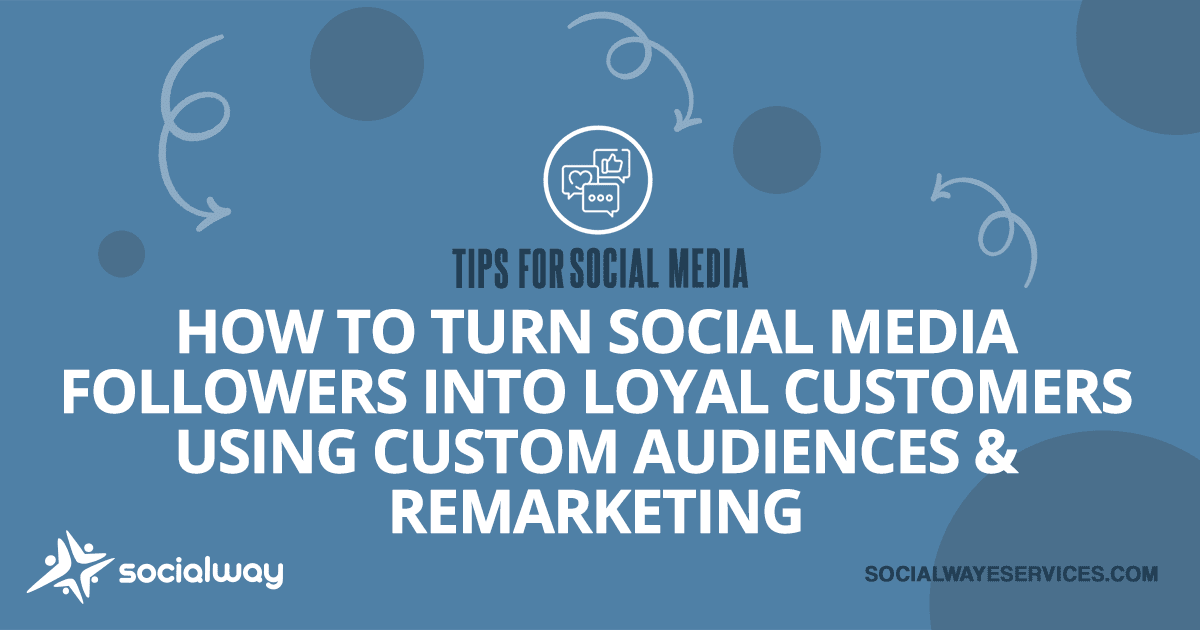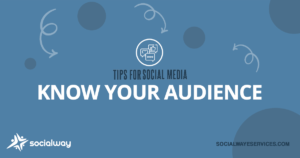Building a large social media following is a great achievement, but the real challenge is turning those followers into loyal customers. Social algorithms have changed—followers no longer play as vital a role in reach and sales as they used to. Many users engage with your brand, liking posts, watching videos, or visiting your website, but they don’t always make an immediate purchase. That’s where custom audiences and remarketing come into play.
In this article, we’ll explore:
- The various social media audience types
- Effective methods for segmenting them to enhance targeted marketing
- Strategies for using remarketing to turn followers into loyal customers
Understanding Custom Audiences: Who Are You Targeting?
Social media followers vary in their level of interest. Some are encountering your brand for the first time, while others are already engaged but need additional encouragement to make a purchase. To turn them into customers, it’s essential to categorize them based on their interactions and behaviors.
Here are the main audience groups that you can create:
1. Engaged Users
These are people who engage with your content in different ways, like:
- Liking a post
- Commenting
- Sharing
- Clicking on a link or an image
Why They’re Important: These users are interested but aren’t ready to buy yet. They need more value and trust before they’re willing to make a purchase.
2. Video Viewers
This audience consists of people who have watched your videos for varying amounts of time:
- 3 second views – People who scroll quickly and may not be very interested.
- 10 second views – Kind of interested, but need more involvement.
- 15 second views – Greater interest, particularly for short videos.
- 50% or 100% completion – Users who are very active and likely to take action.
Why They’re Important: People who watch more of your videos are showing interest in your brand. You can target them again with stronger messages.
3. Website Visitors
These are people who clicked on a link from social media and went to your website. You can divide them more:
- People who looked at a particular product page
- People who stayed on the site for longer than X seconds
- Users who visited several pages
Why They’re Important: They’re close to making a purchase. They’re interested in your product but might need a discount or more details to buy.
4. Customers or Leads
These are people who have already bought from you and they gave you the consent to use their contact info for marketing purposes. They are your most important group because:
- They’re more likely to make another purchase.
- They can bring in new customers.
- They might want to buy extra products or special deals.
Why They’re Important: It’s less expensive and easier to get repeat customers than to find new ones.
How to Use Remarketing to Convert These Audiences into Customers
After creating your custom audiences, the next step is remarketing, displaying personalized ads to them based on what they interacted with before.
1. Remarketing to Engaged Users
Goal: Transition them from awareness to consideration.
What to Show Them:
- Testimonials and case studies to establish credibility.
- More valuable content including guides, tips and behind-the-scenes insights.
- Presentation of the product and its advantages.
For example: If someone liked your post but hasn’t checked out your website, you can display an ad featuring customer reviews or a limited-time offer.
2. Remarketing to Video Viewers
Goal: Transform engaged video viewers into customers.
What to Show Them:
- Product demo videos for those who watched 50%+.
- Discounts or exclusive offers for those who watched 100%.
- Carousel ads with different product options.
For example: Someone watched 80% of your product video. Show them an ad with a limited-time discount to encourage purchase.
3. Remarketing to Website Visitors
Goal: Get them to complete their purchase.
What to Show Them:
- Dynamic ads showing the exact product they viewed.
- Retargeting ads with “Limited Stock” urgency.
- Discounts or free shipping incentives.
For example: A person viewed your product page but didn’t make a purchase. Display an ad offering a special discount or creating urgency (“Only 5 remaining in stock!”).
4. Remarketing to Existing Customers
Goal: Increase repeat purchases and brand loyalty.
What to Show Them:
- Upsell/cross-sell products (e.g., accessories for what they bought).
- Exclusive VIP deals or loyalty rewards.
- Referral program incentives.
For example: A customer made a purchase from you last month. Display an ad featuring an exclusive VIP offer for returning buyers.
Measuring & Optimizing Your Remarketing Strategy
To ensure your remarketing efforts are working, track these key metrics:
- Click-Through Rate (CTR): Are people clicking on your ads?
- Conversion Rate: How many users actually buy?
- Cost Per Acquisition (CPA): Are your remarketing ads cost-effective?
- Return on Ad Spend (ROAS): Are you making more than you’re spending?
Converting social media followers into customers isn’t a matter of chance—it’s about knowing your audience and applying remarketing tactics effectively. By using custom audiences, you can target the right individuals with the right message at the perfect moment, boosting conversions and fostering lasting customer loyalty.
Looking for assistance with creating custom audiences and remarketing for your business? Socialway eServices specializes in designing and managing high-converting social media campaigns. Get in touch with us today!




